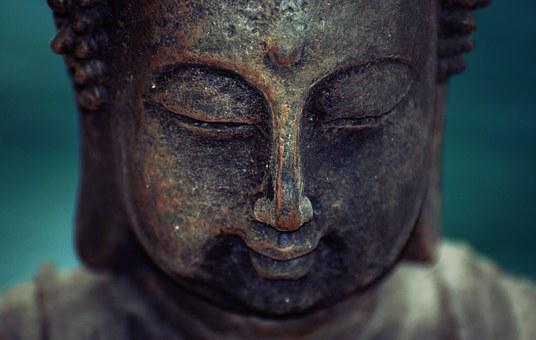Lima.- “Solar Return”, an installation by Luis Enrique Zela-Koort, winner of the 2022 MAC Lima Art and Innovation Award, which proposes returning to the Sun as a representation of everything that exists and has existed, was recently inaugurated in room 2 from the museum. The assembly integrates ceramics with digital fabrication, printing, bio-art, and kinetic and interactive art.
The installation is part of the projects promoted by MAC Lima, together with Fundación Telefónica Perú and UTEC (University of Engineering and Technology), whose purpose is to innovate in the way of relating art, science and technology. The “Solar Return” project uses optical technology to capture and mobilize sunlight from outside the museum to specific points in the room, through lenses and reflective tubes connected to transparent resin and polycarbonate sculptures, filled with water and hypochlorite, spreading intense light inside.
Under the curatorship of Giuliana Vidarte, “Solar Return” is visualized as pieces of sunlight frozen in space, combined with an industrial aesthetic. Together, the resin pieces behave as energy generators and have lace for different parts of the body that allow the public to relate directly to the works and absorb solar energy from these contemporary altars for contemplation and healing. Undoubtedly, a whole sensory and immersive experience for visitors.
of the works
“Solar Return” proposes to recover all the possibilities of what could and can be through the Sun, affirming the urgent questioning of the notions of progress and productivity; and the necessary transformation of concepts such as culture, spirituality and knowledge. This, in the context of the Fourth Industrial Revolution and the possible Sixth Extinction, a consequence of human activities that is evident in the current environmental crisis.
The works in the exhibition are articulated through the cycles of the Sun. Its colors, changes and growth, brightness and its perceptions, respond to solar energy. In the first space, the exhibition shows materials that refer to the project process, such as a series of photochromic paintings that are activated like a color thermometer that can measure the solar intensity of the day and a series of golden reliefs and serigraphs made with ink. spirulina. In the second space, there are the aforementioned group of sculptures and also includes two spirulina pools -which take light and turn it into matter- on which are placed pieces that affirm the role of the Sun as a biological nucleus and as a portal: a sculpture made from the eyes of endangered animals and a mirrored device that projects reflections and shadows.
“Solar Return” proposes to return to this source of energy to question anthropocentric knowledge to respond to current challenges. It seeks to recover the awareness that we exist on the Sun, with the aim of thinking about how human technological development can be combined with the projections of life, coexistence and survival of the Earth’s ecosystems and the beings that inhabit them.
The data:
Installation: “Solar Return”
Artist: Luis Enrique Zela-Koort
Curatorship: Giuliana Vidarte
Place: MAC Lima (Av. Almirante Miguel Grau 1511, Barranco)
Room: 2
Season: Until January 29, 2023
Tickets: Online, at www.maclima.pe/compra-tu-entrada /
In person, at the museum ticket office.
artist review
Luis Enrique Zela-Koort, Peruvian artist and researcher. He studied visual arts in Alternating Current, Law at the University of Lima. He completed electronic art courses at MoMA, and Experimental Photography and Cinema at the Helios Workshop. He was selected for the Bienal do Mercosul and was the winner of the award for best proposal in Espacio Tomado. His work has been exhibited in various cities in Germany, Argentina, Chile, Spain, Ecuador, Mexico, Poland, the US and Peru. His work is part of public and private collections nationally and internationally. His work examines technological responses to ideological biases; deconstructing the possible relationships between culture and nature, and the ideological instrumentalization of science and myth. His projects are articulated in scenographic installations, integrating digital processes and manual methods. His research uses resources from scientific studies, animation mythologies, philosophy, cybernetic culture, occultism, nature and poetry.
Related
MAC Lima: “Solar Return”, an innovative multidisciplinary installation had an auspicious premiere

